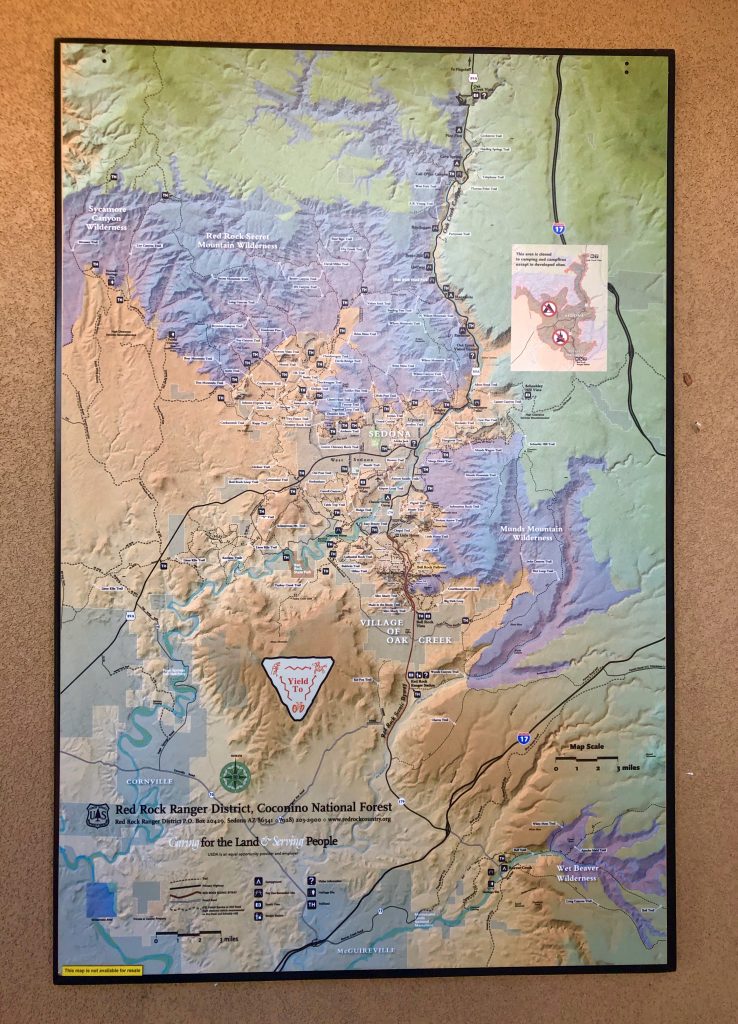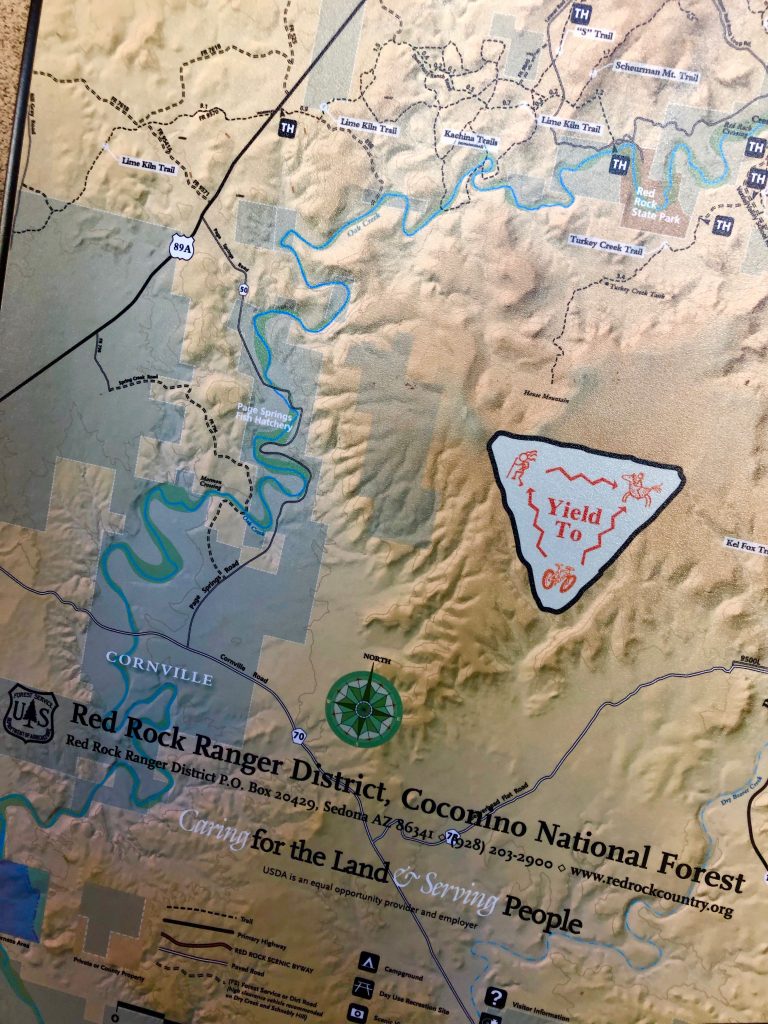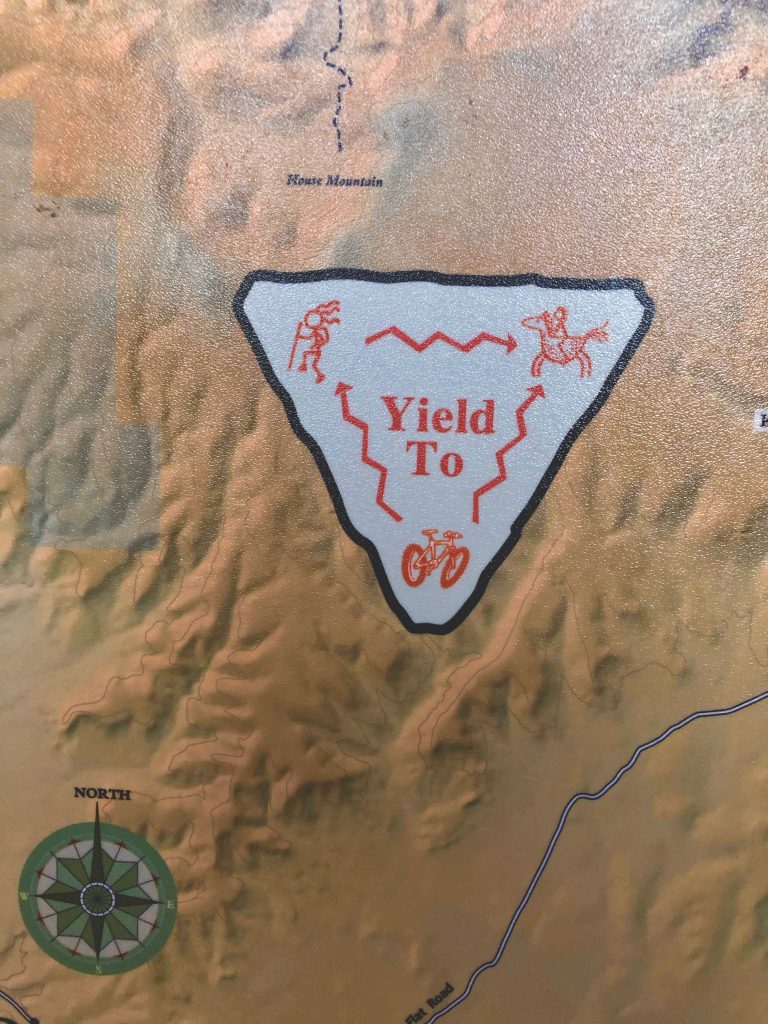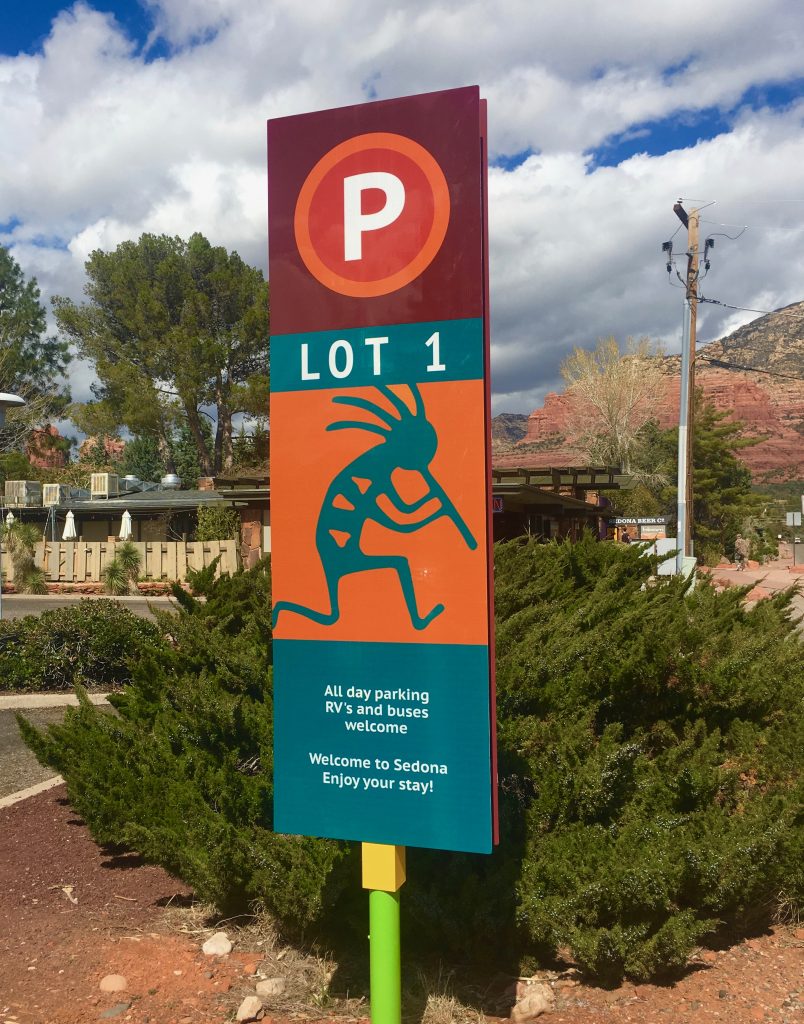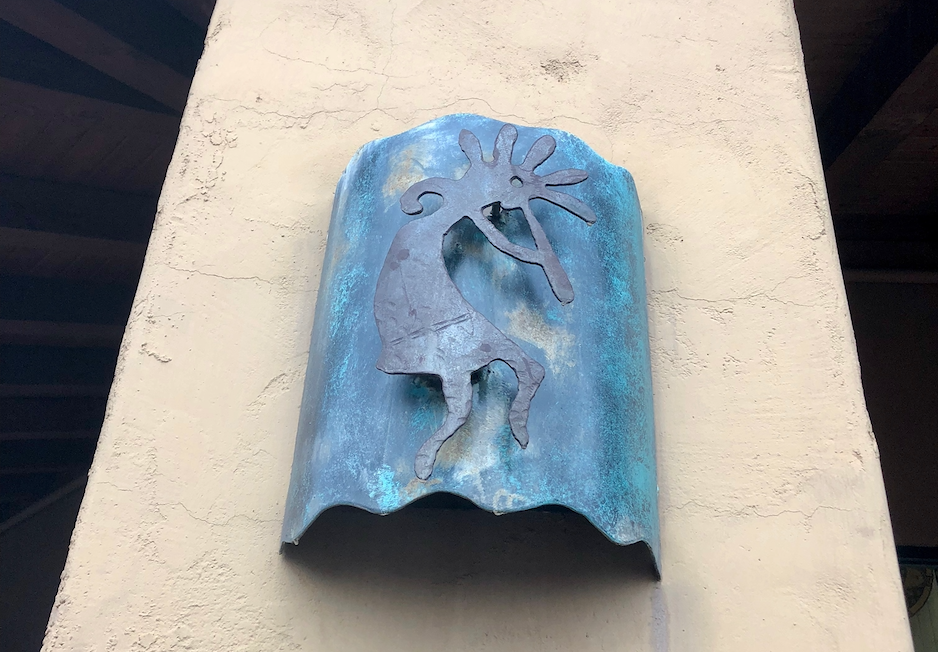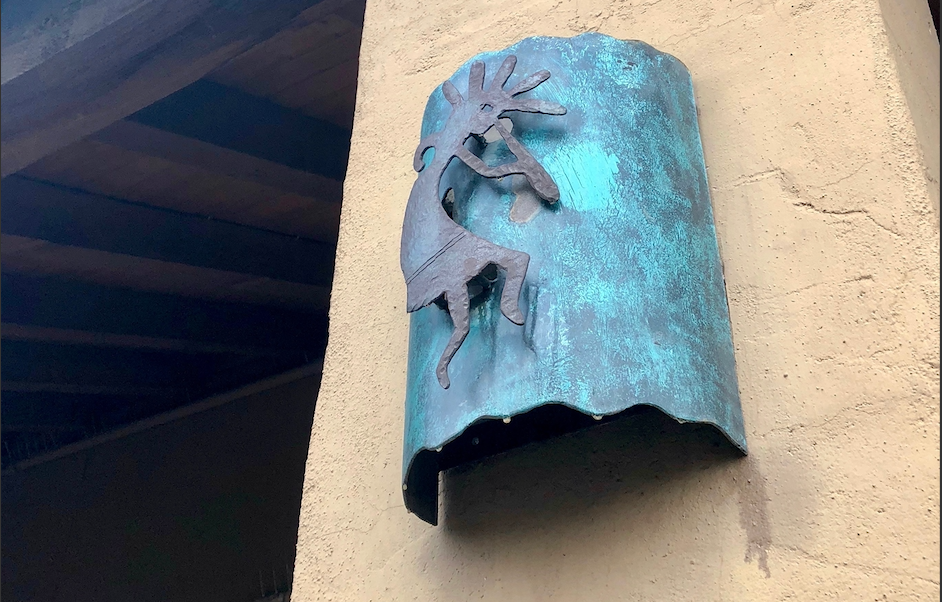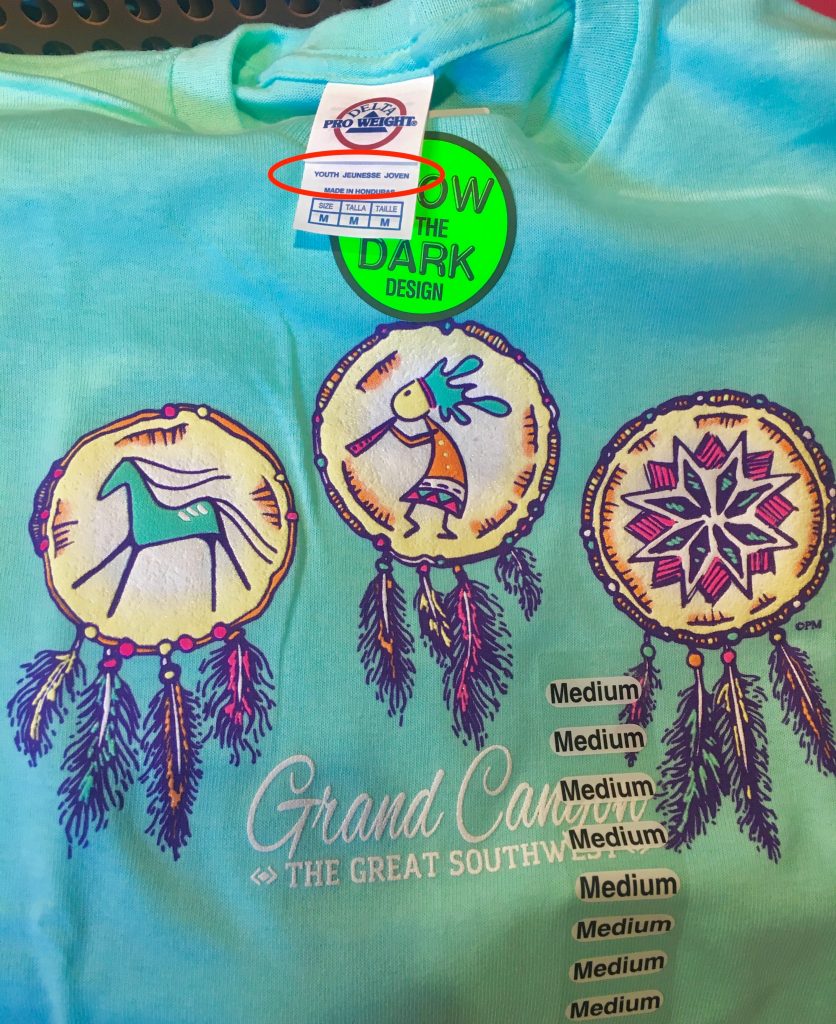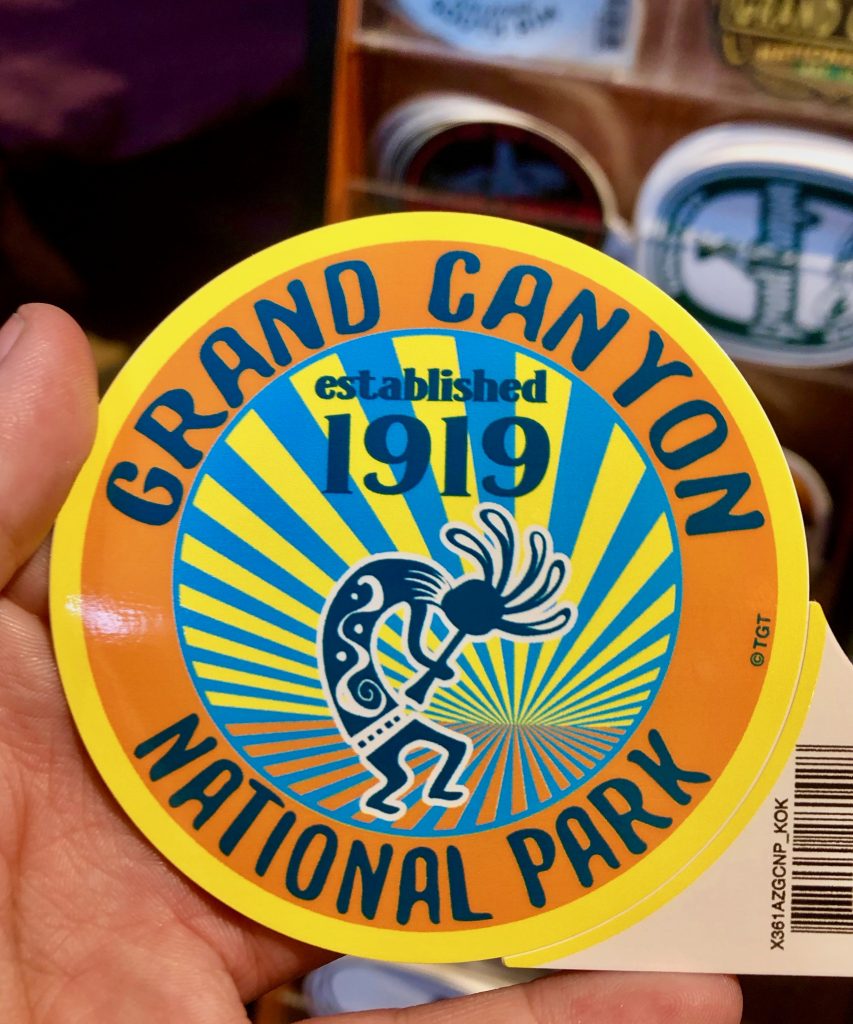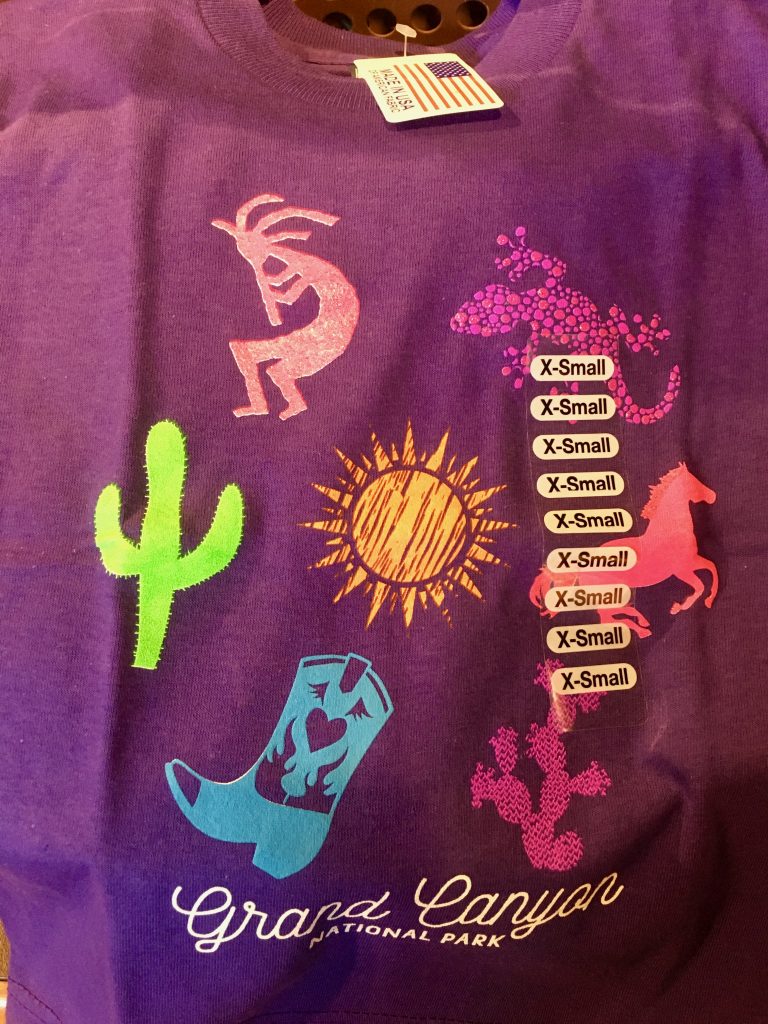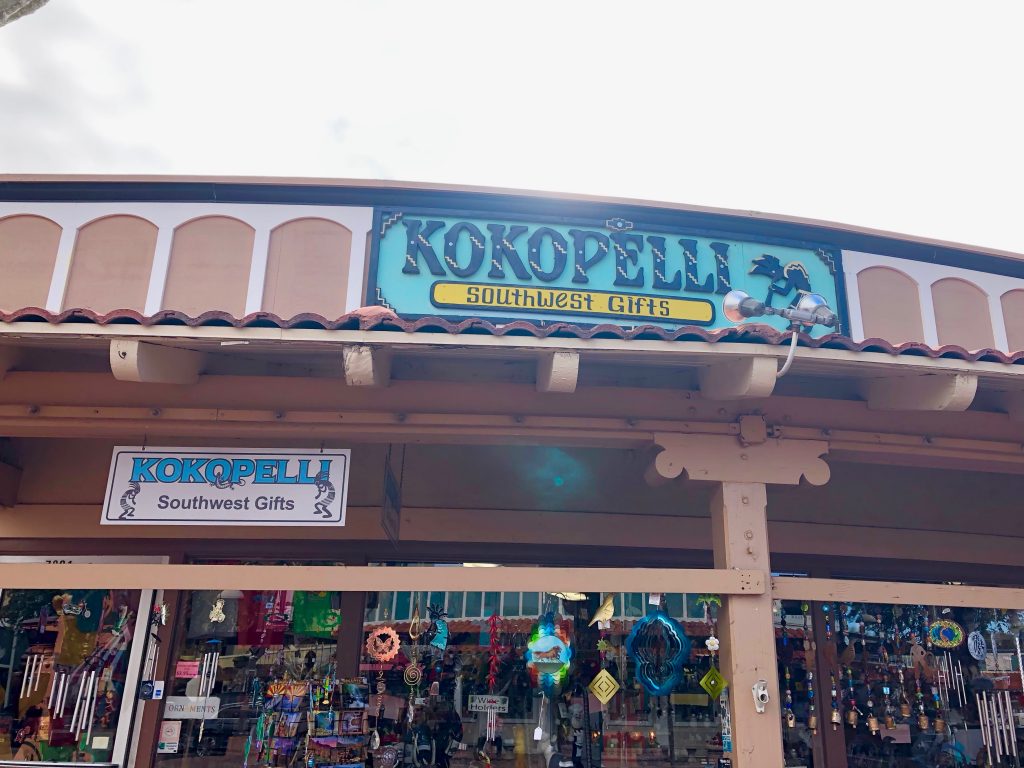
There is no question that the Kokopelli has become the unofficial logo of the Southwestern United States. It only takes one visit to a Southwestern tourist mecca like Sedona, Santa Fe, or even Old Town Scottsdale to witness the sheer prevalence of the Kokopelli within the region.
On multiple occasions, I conducted a Kokopelli scavenger hunt in the shops of downtown Sedona and Old Town Scottsdale and encountered over 200 Kokopellis in various forms—including (but not at all limited to) candles, business logos, oven mitts, keychains, t-shirts, bath mats, and shot glasses.

It is thus not challenging to deduce that perceptions of the Kokopelli and its significance are impacted by apparent regional boundaries. The symbol seems to have different meanings and connotations to individuals and societies outside of the Southwestern United States.
In the Southwest, for example, where representations of the flute player as the Kokopelli are largely concentrated, the symbol has “attracted more attention in Southwestern iconography than any other image,” occurring “within a large geographic region of the Four Corner states…distinguished by a high degree of cultural longevity.”1 In other words, in both ancient and modern times, the symbol has generally remained within the boundaries of the Four Corner states. The Kokopelli has also come to dominate the Southwestern art scene, replacing the once-ubiquitous Coyote in “cowboy kitsch” in cultural centers like Santa Fe and Taos.2
The best evidence of the Kokopelli’s significance to the Southwest may be found in Arizona—particularly in Sedona and Old Town Scottsdale. Beyond the hundreds of Kokopellis found in Sedona’s gift shops and specialty stores, there are also multiple (seemingly publicly-funded) Kokopellis located around the town. These include a map of Sedona at the visitors center that depicts a hiking Kokopelli and horseback riding Kokopelli, as well as a Kokopelli-themed parking lot.
The street lamps located alongside Scottsdale Road in Old Town Scottsdale offer evidence of this as well. Old Town, a hot tourist spot for the Southwest, is known for embracing ‘Old Western’ heritage, turning the section of town into a concentration of all things ‘Southwestern’. Scottsdale Road, one of the most prominent roads in the metro Phoenix area, features the best that Old Town Scottsdale has to offer—famous galleries, restaurants, and shops. Right in the heart of Old Town Scottsdale, there are Kokopelli street lamps stationed alongside Scottsdale Road, prominent enough for all passersby to notice.
The National Geographic Visitor Center located just outside of the Grand Canyon National park offers evidence of this regional affiliation as well. Despite the park having no connection to the Kokopelli flute player symbol, the store nonetheless sells various Kokopelli trinkets and souvenirs (as well as items with other Native images). One would be hardpressed to think of another reason for this store to utilize the symbol beyond its connection to the area.
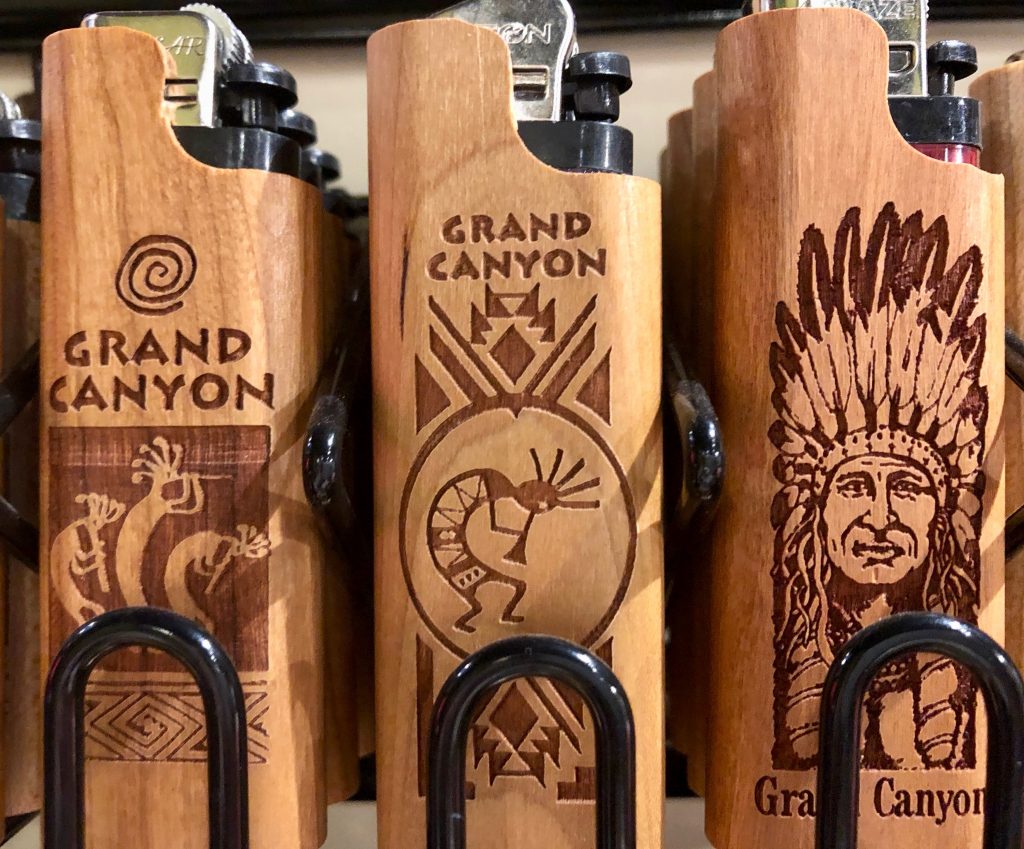
NOTE: The official Grand Canyon park stores seem to avoid utilizing the symbol, but the same cannot be said for its affiliated shops.
Lastly, the marketing slogans of certain Southwestern businesses that employ the symbol offer evidence of this as well. Kokopelli Winery, one of the largest wineries in the state of Arizona, has embraced the slogan “Uniquely Southwestern” to accompany their Kokopelli logo. These types of usages send one very clear message: the Kokopelli is the Southwest, and the Southwest is the Kokopelli. This distinct regional affiliation can be seen in the language and imagery of many of the Southwestern businesses that use the symbol.
-

Source: Google Images -
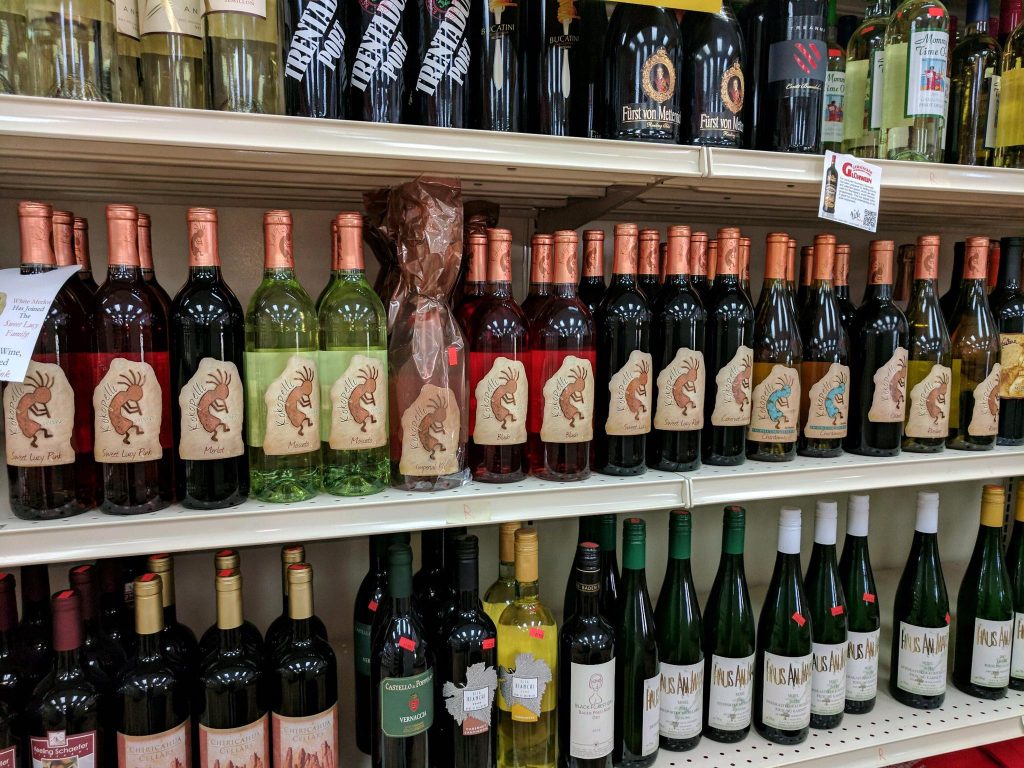
Source: Google Images
In contrast to the Southwest’s connection to the symbol, many people from other regions in the United States don’t recognize the Kokopelli symbol at all.
In a qualitative survey I conducted in November of 2018, a current Georgetown University student from Maryland who has never been to the Southwest said that the symbol makes him think of “Cinna-Mon from the Apple Jacks commercials,” while a current student at Arizona State University associates the symbol with the Grand Canyon, elaborating that the “Kokopelli is one of Arizona’s symbols.”3 Other survey respondents who have lived in the Southwest associate the symbol with “Southwestern culture” and “Southwestern dancing,” with one respondent indicating that their family began incorporating the symbol into their home decor upon moving to Arizona, because “in the Southwest, it’s used as a decoration.”4
In contrast to the clear connection people who have spent a great deal of time in the Southwest feel toward the symbol, a survey respondent from New York who has never traveled to the Southwest responded that the symbol “reminds [them] of Squidward Tentacles.”5 *Of course, this survey is not meant to yield quantitative results, but rather to shed light on the regional boundaries involved in the recognition and association with the Kokopelli symbol.
-
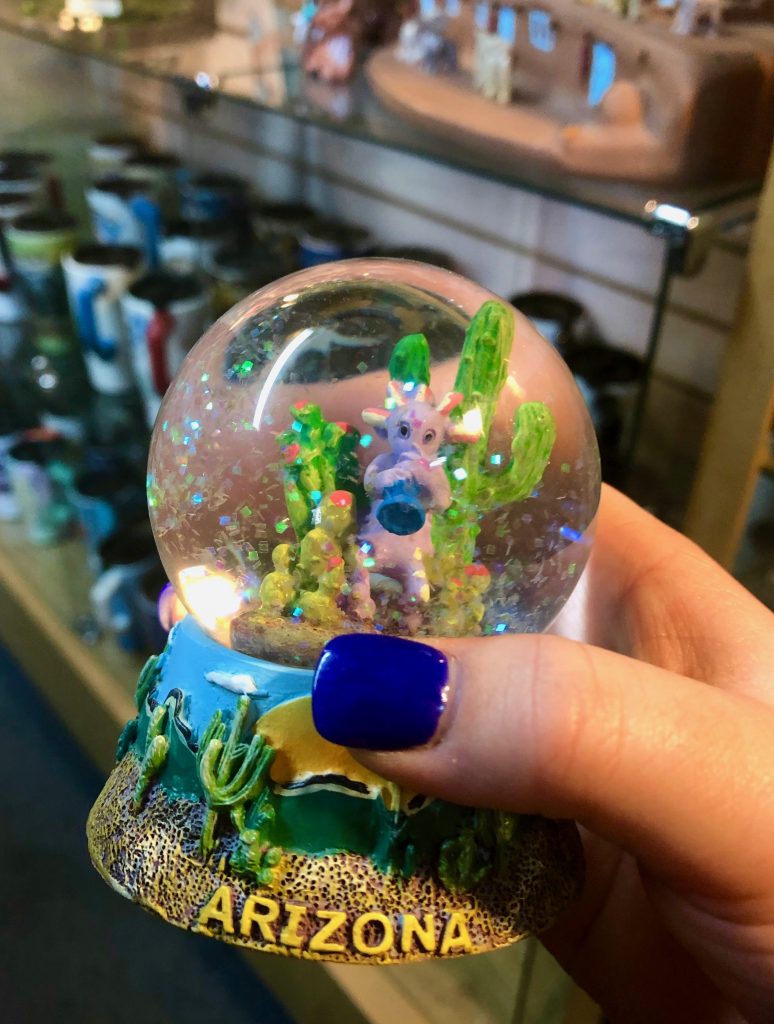
Snow globe found in Sedona, AZ -
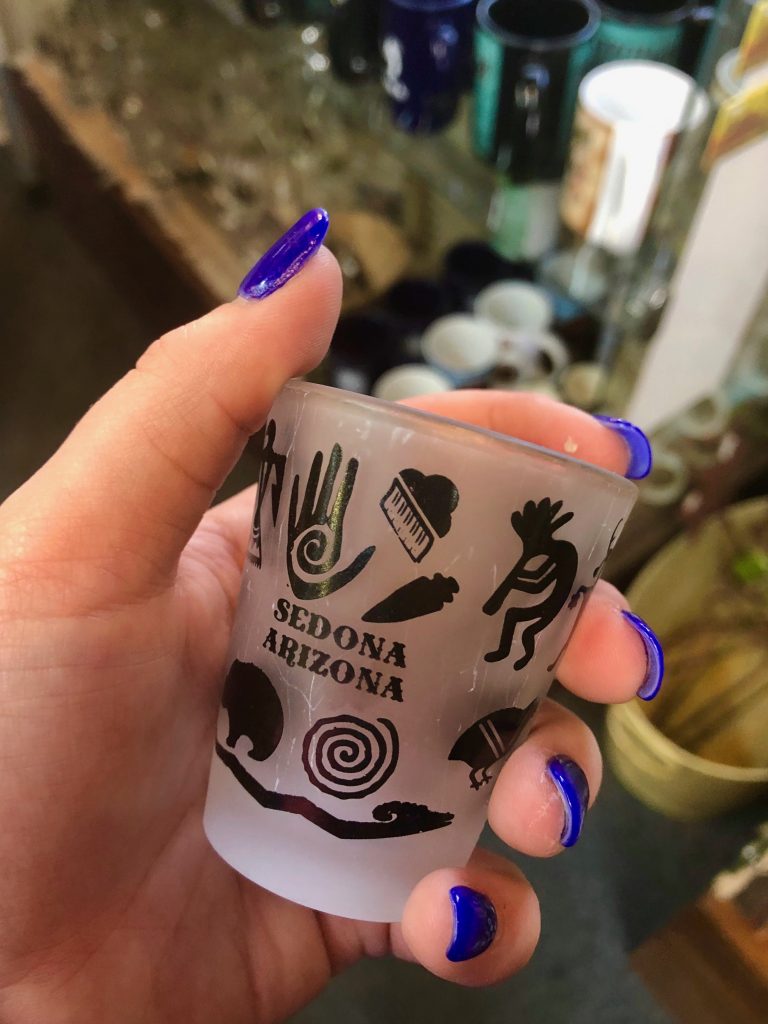
Shot glass found in Sedona, AZ -
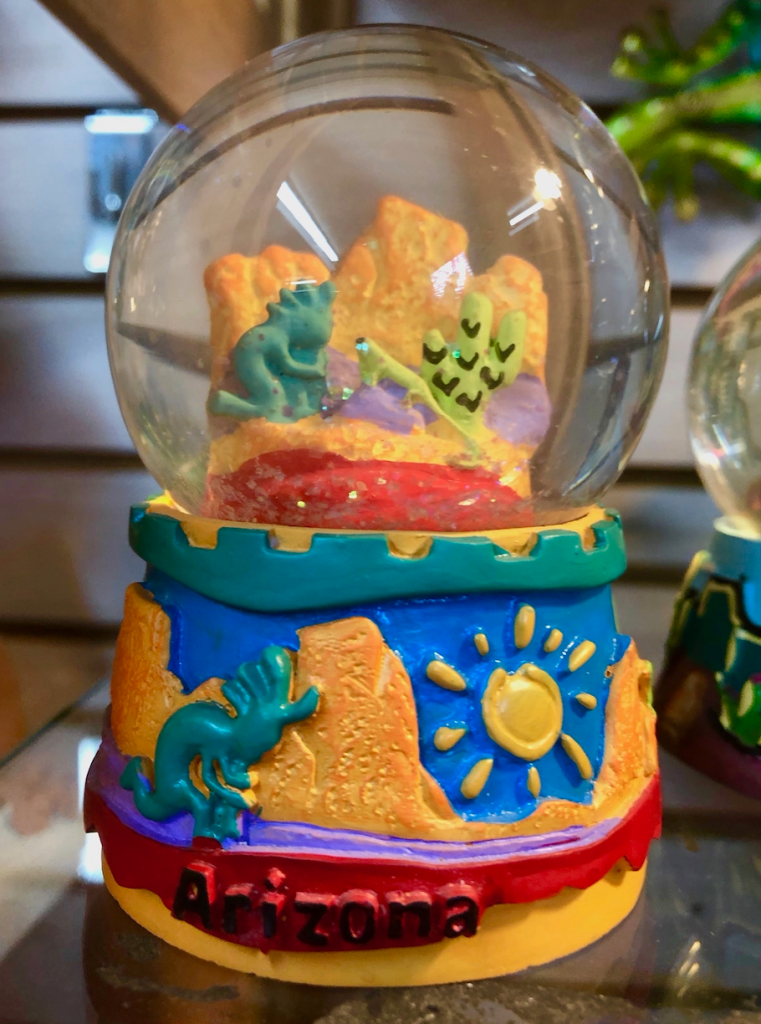
Snow globe found in Sedona, AZ
| 1 | Ekkehart Malotki, “Introduction,” Kokopelli: The Making of an Icon. Lincoln, NE: University of Nebraska Press, 2000, 1-13. |
| 2 | John Neary, “Kokopelli Kitsch,” Archaeology, Vol. 45, No. 4 (1992): 76. |
| 3 | Shannon Burke, “Thesis Survey,” Google Form, Published November 04, 2018. |
| 4 | Shannon Burke, “Thesis Survey,” Google Form, Published November 04, 2018. |
| 5 | Shannon Burke, “Thesis Survey,” Google Form, Published November 04, 2018. |
